I recently had the opportunity to catch up with one of Italy’s most intriguing wine families — the Lageders of Alto Adige. A mainstay of our Essential Winemakers of Italy list since its inception, the family behind the popular brand of Alois Lageder wines is fearless about the future. They produce around 1 million bottles of wine ranging from excellent Pinot Grigio and Chardonnay, to local staples like Lagrein and Schiava, but it seems that their size — which is quite large for this mountainous part of Northern Italy — has imbued them with a sense of responsibility that goes well beyond just leveraging their sustainability as a nice marketing ploy.
“We have an advantage in Alto Adige in that we don’t have such a long reputation and viticultural history of say, a Burgundy. We can be flexible.”
Alois Clemens Lageder
President & CEO
Since 2004, the estate has moved towards biodynamics and organic viticulture, and in 2024, they’ll complete a major milestone: every vineyard they own and work with, including the 80 partner farms from which they buy grapes, will be organic or biodynamic.
But Alois Clemens Lageder — the company’s President and CEO — does not want this milestone to be overshadowed by the dogmatic tendencies that often overshadow the topic.
“My hope is that in 15 years time, we can stop talking about biodynamics and just talk about healthy agriculture,” he told me.
Climate Change on Fast-Forward
Climate change is at the fore of Lageder’s mind. How could it not be when he lives in one of Europe’s most prone regions? Alto Adige is in the heart of the Italian Alps, where glaciers are melting at an alarming rate and rising temperatures are acutely felt at every band of altitude going up the mountainsides. This latter detail is crucial to the future of Alto Adige’s wine, because many of the area’s grapes have been planted at altitudes where they historically have found the right conditions. Climate change is destroying conventions worldwide, but in the Alps, its moving at an even faster rate.
“Tramin is losing its origin,” Lageder told me, citing the small village at 3,000 feet that gave its name to Gewürztraminer. With each warmer vintage, Gewürz from Tramin loses its balance a little further. The same can be said for Sauvignon Blanc and a host of other white wine varieties.
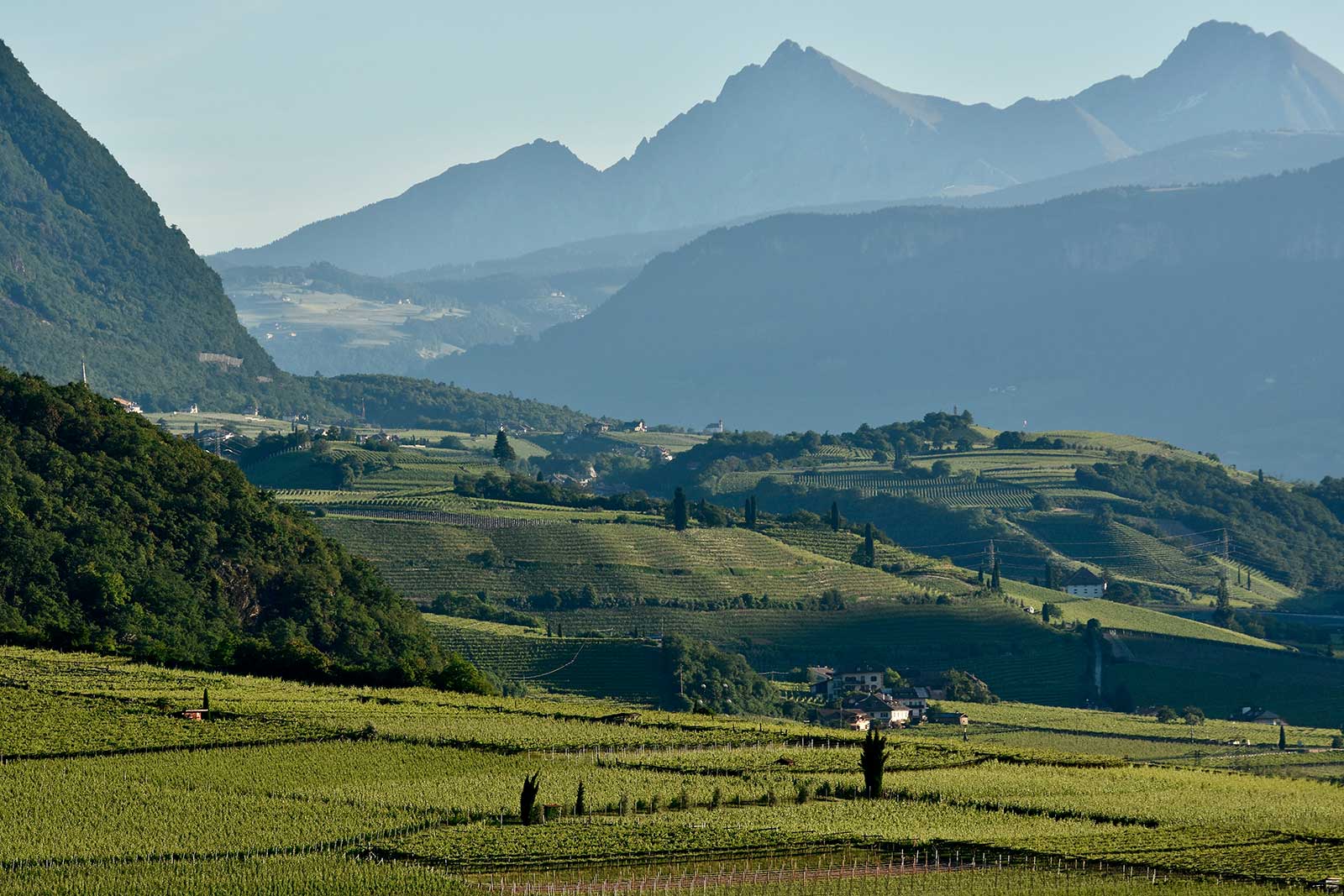
One tempting solution is to plant on even higher slopes, but a quick analysis proves that this is an unsustainable and even downright dangerous ploy. That is because any higher ground capable of supporting vines is already claimed: either as forest or pasture. Cutting down trees and/or tilling pasture only adds to the carbon problem, but that’s not all.
“The downside of going up is losing biodiversity,” Lageder told me. “If you go up, you have to replace the vineyards on the lower elevation [with something else]. We cannot bring more monoculture.”
With monoculture comes less resilience, and less versatility of product — a death knell for wineries in this age of rapidly changing climates.
So What’s a Winemaker to Do?
If you are the Lageder family, you use your size to experiment at scale, which is something Clemens’ father, Alois Lageder IV, began doing with a warmer climate in mind back in the 1980s. (Yes, he read the tea leaves even then).
Fortunately, few communities in European wine are more accepting of new ideas than Alto Adige. This is in part because the area has always been defined by change: shifting borders, advances in science and yes, alterations in climate.
“The climate has always been changing here,” Lageder told me, as mountain-based climates are among the most dynamic on Earth. It’s just that now, the trend has accelerated.
“A hundred years ago, we had Riesling around Magré [where their winery is located]. Now Riesling is 2,000 to 3,000 feet up.”
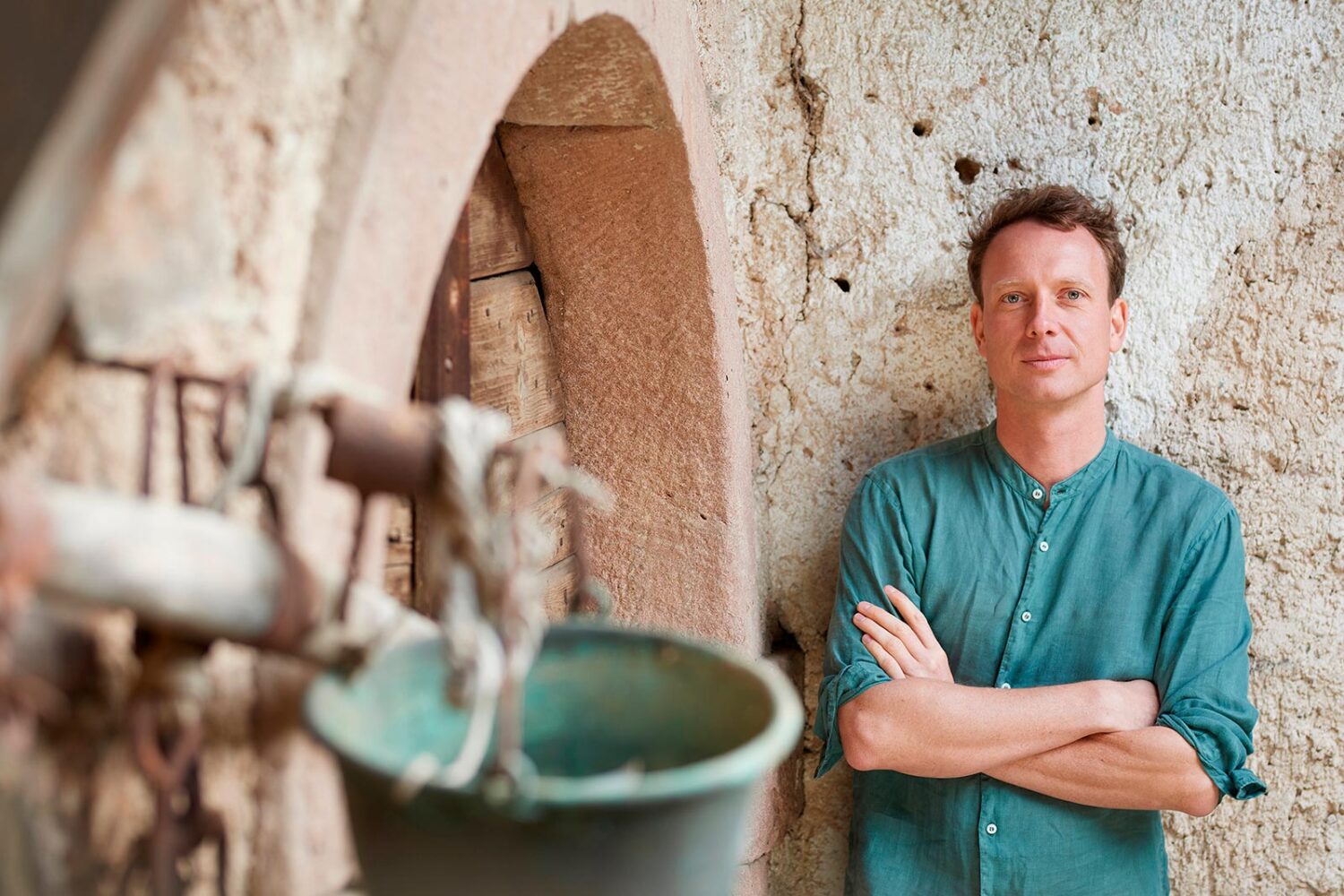
In other words, rather than being beholden to a group of varietal wines, the region can be beholden to an identity of adaptation and quality.
Indeed, as our conversation unfolded, it became clear to me that Lageder has accepted a certain future for his wines that is less about tradition and more about a desired profile. The word “freshness” continued to pop up, as did talk of cellar techniques that can help preserve it. He expressed his family’s interest in grape varieties from the Southern Rhône, Southwestern France and even Greece, which has led to several years of trials in their vineyards and cellar. As with all experiments, some work, and others don’t.
Which Leads Us to the Comets
“We are a very young team and we have many questions. And we need to find answers … because nature is changing. We need to understand how we can adapt.”
Alois Clemens Lageder
Every year, the estate conducts numerous experiments, often propelled by a team of five apprentices who are encouraged to bend the rules and think creatively about what wine can be. This could mean a cuvée of Pinot Grigio from different maceration times (which eventually became the annual Pinot Grigio called “Porer,” hands down one of Italy’s best). It could be a Manzoni Bianco that was fermented in a new-oak barrique barrel. Or a Petit Manseng fermented intermittently over several vintages and with an oxidized, Sherry-like quality to it. Each one is meant to be a learning experience that can help inform the future of the estate’s wines, even if that exact wine — or technique — is never seen again at the winery.
“We are a very young team and we have many questions,” Lageder told me about the series. “And we need to find answers, not only because we are young, but because nature is changing. We need to understand how we can adapt.”
Only five are released per year, all of them in very small quantities because of their experimental, small-scale nature. Lageder admits that their audience is very limited — “people who like to discuss wine” — but he finds that the statement they make about Alois Lageder’s forward-thinking modus operandi makes it worth the trouble of releasing (and even exporting) them.
“The purpose is not to make the best wine,” he told me — even though one of the Comets I tasted, when compared to this year’s other wines, was easily just that. “But comets are always in the sky to lead you, to be directional. Comets pass and sometimes they come back. Sometimes you never see them again. That is the symbolism behind our experimentation.”
A Taste of Something Fleeting
Rather than publish our usual tasting notes profile for the three Comets that were sent to me, I’ll provide a bit of a narrative to each. Like the aurora borealis out your window that you only learned about on the morning news the next day, you are not likely to find these wines anymore on the marketplace. Instead, what is important is to share what has been learned from each wine to show the purpose of these experiments, and to glimpse the future of one of Italy’s most dynamic and important wineries (and by extension, regions).
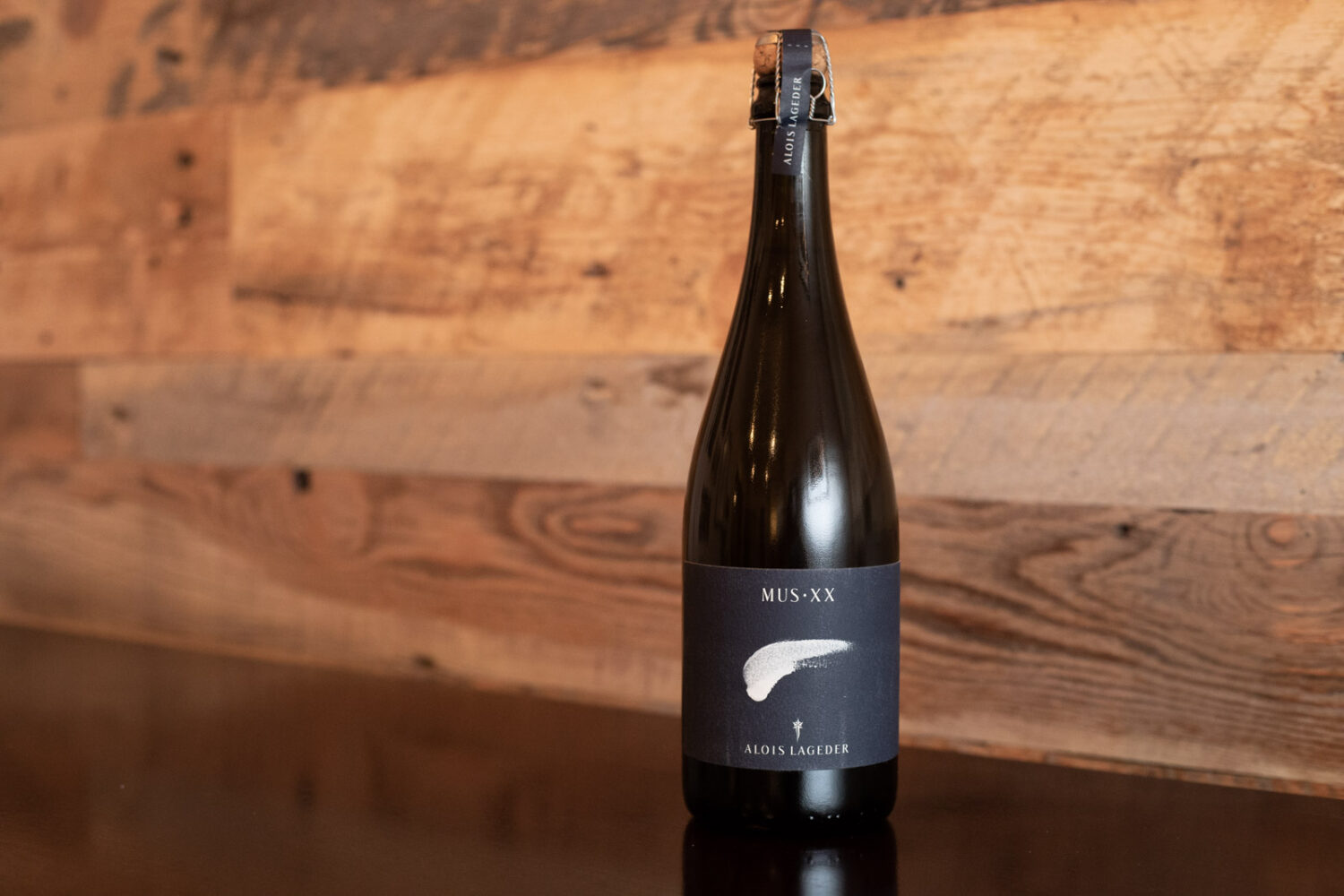
2020 Alois Lageder MUS XX Vigneti Delle Dolomiti
Lageder believes that Moscato Giallo and Müller Thurgau are two grape varieties that hold promise for Alto Adige. While the latter has frequently been maligned for underperforming, the team at Alois Lageder seems to think this reputation just has to do with misapplication.
In MUS XX (★★★★ 3/4), 33% Müller Thurgau complements 67% whole-cluster fermented Moscato Giallo in a pétillant naturel sparkler that is surprisingly elegant. An alpine herbal-like quality carries through the body of this wine, not unlike the botanical streak in a Ricola cough drop. This might be coming from the stem inclusion that is the result of whole-cluster fermentation. The falsetto-like acidity keeps the wine moving across the palate, while 7 months of lees contact gives this low-alcohol wine exceptional roundness.
I typically don’t like pet-nat wines, but not because of the method — so many are just poorly made, rendering the category too risky for my taste. But the Lageders are always meticulous and highly technical in their winemaking. The possibilities for a wine like this are substantial.
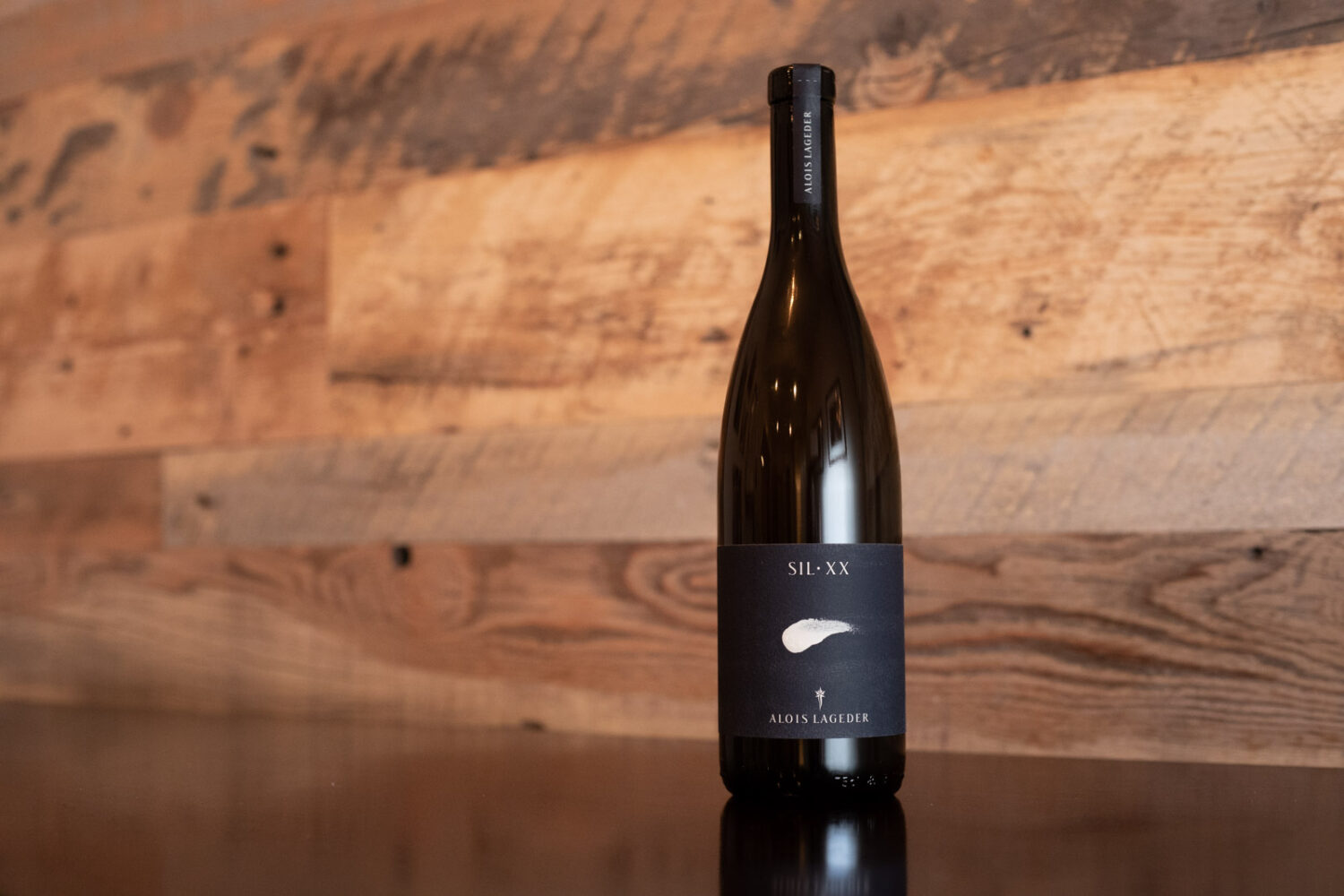
2020 Alois Lageder SIL XX Vigneti Delle Dolomiti
Whole-cluster fermentation was also on the team’s mind when they experimented with the fruit from a 60-year-old vineyard of Sylvaner in the Valle Isarco, which resulted in the SIL XX (★★★★ 1/2). Sylvaner is known for being productive and easy to work with, if a bit neutral. So unlocking its potential would seem to be a noble goal for this project. In the Valle Isarco, where vineyard sites can climb as high as 3,300 feet, Sylvaner reaches its apex in Italy in more ways than one (see our write-up on fellow Essential Winemaker, Pacher Hof).
SIL XX is very low in alcohol (just 11% ABV), and carries a nice freshness that is reminiscent of pears and just-underripe pineapple. By utilizing whole-cluster fermentation, they were able to infuse a nice minty snappiness to the wine’s aromas that lent edge and nuance.
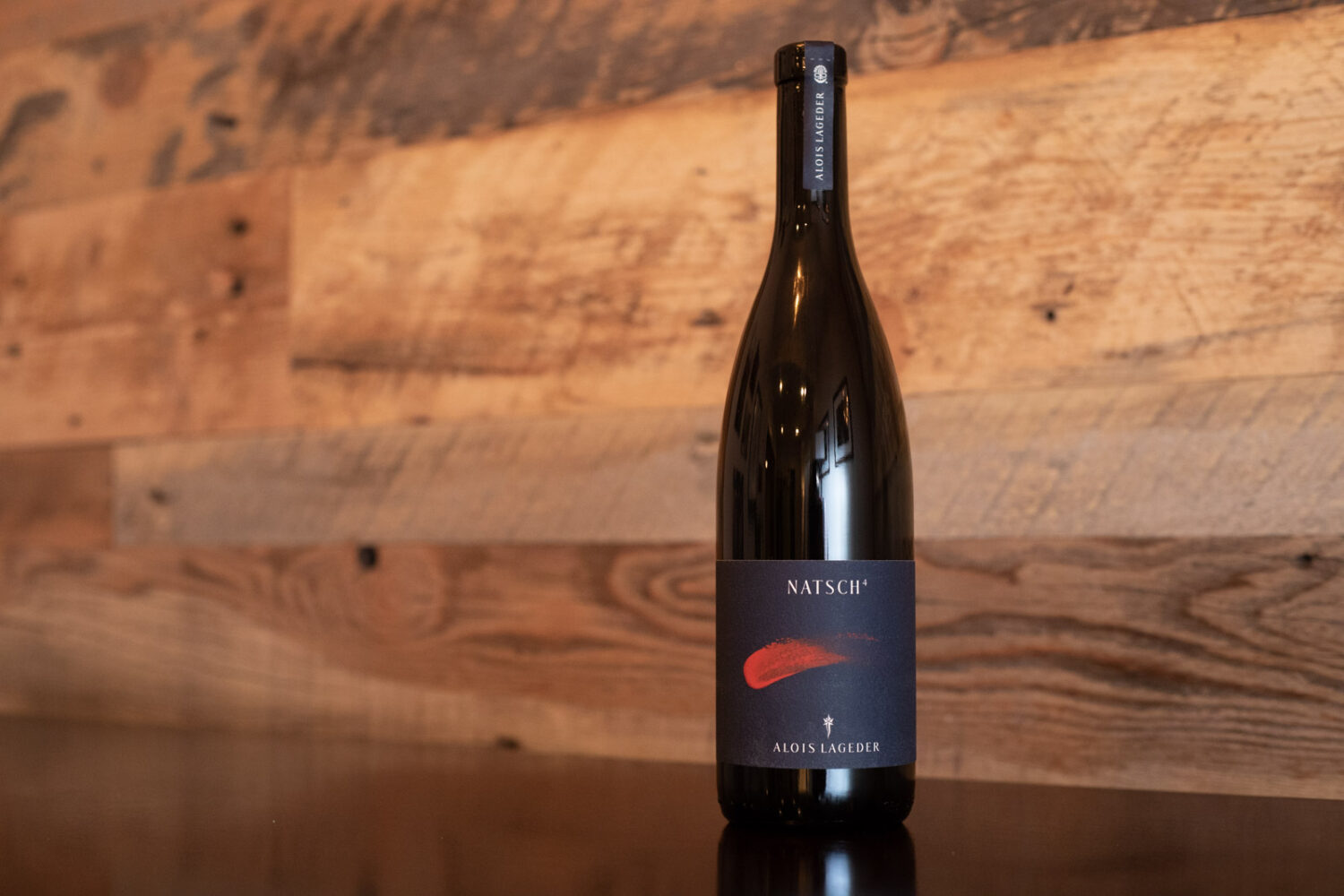
NV Alois Lageder Natsch4 Vigneti Delle Dolomiti
The final wine I tasted from this set of Comets was absolutely beguiling, and hardly worth lumping under the “just an experiment” umbrella.
Natsch4 (★★★★★) takes its name from Vernatsch, the grape also known as Schiava, the most important native red grape variety in Alto Adige. Schiava has wonderfully bright acidity, pure alpine fruit (think of small, tart red raspberries) and the lightest of bodies. It used to be that Schiava/Vernatsch was not taken seriously by anyone outside of Alto Adige and Germany. However, just as sommeliers and the international wine press have caught on, Schiava’s beauty is threatened by rising temperatures. What could be a possible solution?
Perhaps — the team at Alois Lageder wondered — multi-vintage blending holds the key?
Natsch4 is a blend of 2016, 2017, 2018 and 2019 harvests of Schiava from the oldest parcel they own in the Römigberg vineyard. Allowed various lengths of maceration time and degrees of whole-cluster fermentation — then blended together and aged in barrique and cigarillo barrels — Natsch4 is reminiscent of Pinot Noir from the Côte de Nuits. It has brilliant, radiant red fruit; complexity that calls to mind tea, musk and flowers; and a texture of minerality with silky tannins. But it was the length of the wine’s finish that surprised me most.
Experiment? I think this one was a success. I absolutely adored this wine.
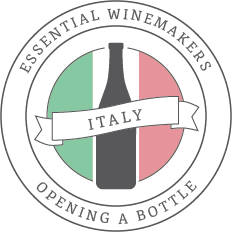
More Essential Winemakers of Italy
Want to know the in-depth story behind Italy’s best wineries? Become a subscriber and peruse our list of who’s who and learn the details on their most celebrated wines and their compelling backstory.
Note: These wines were provided as samples by Alois Lageder’s importer. Learn more about our editorial policy.
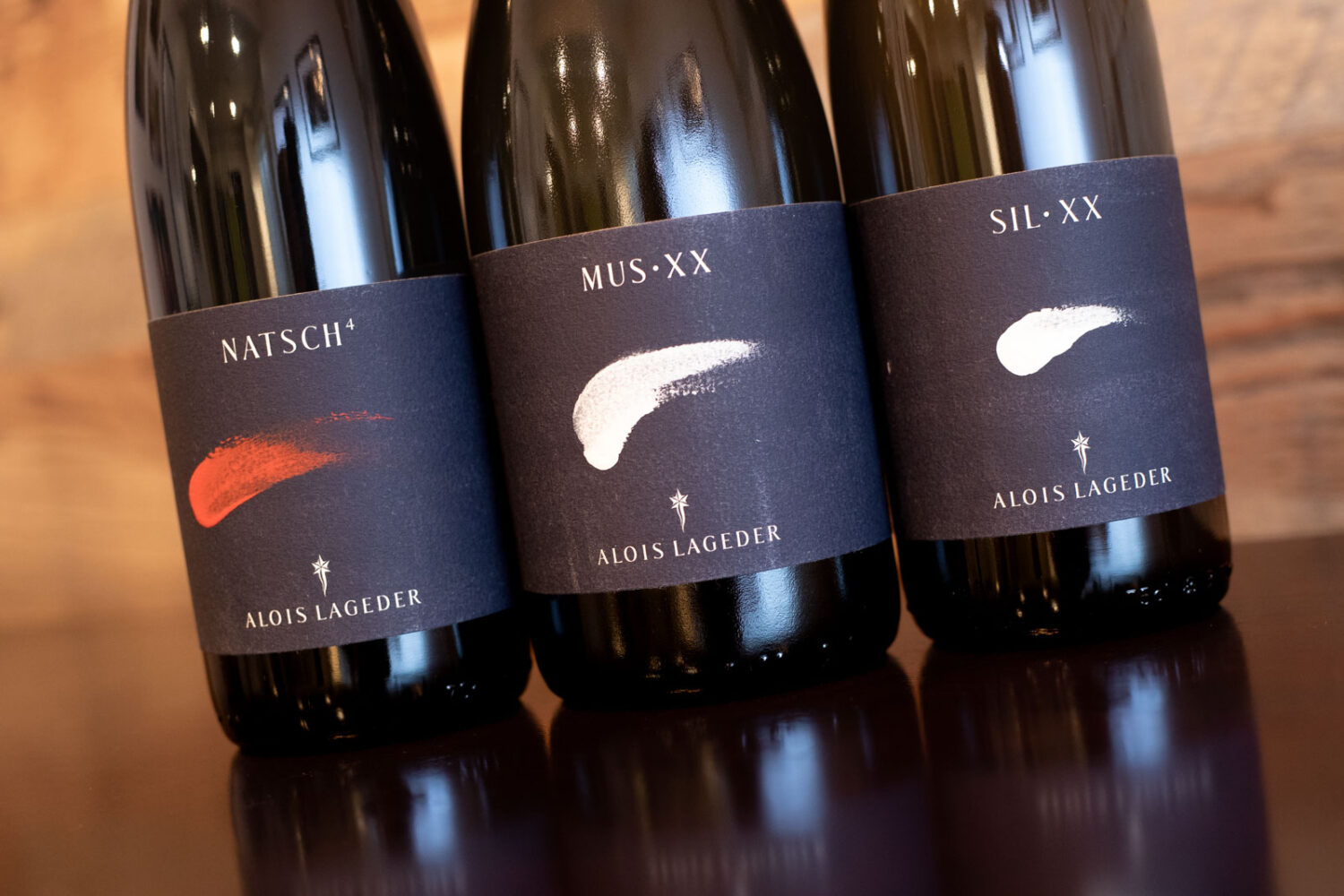
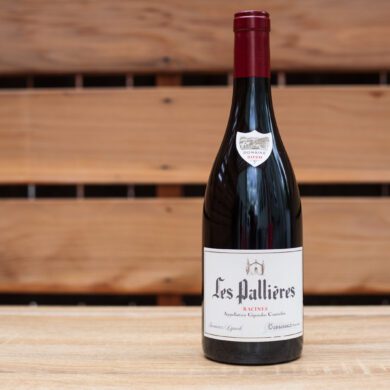
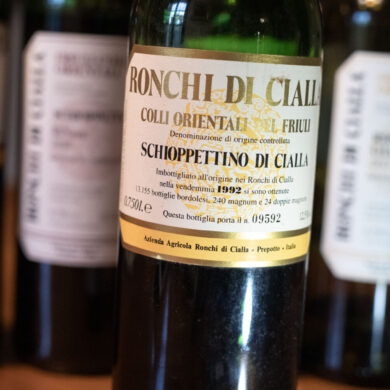
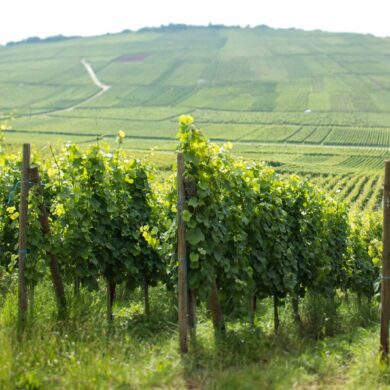
Enjoyed your well written and informative article about Lageder Comet wines. Thank you.